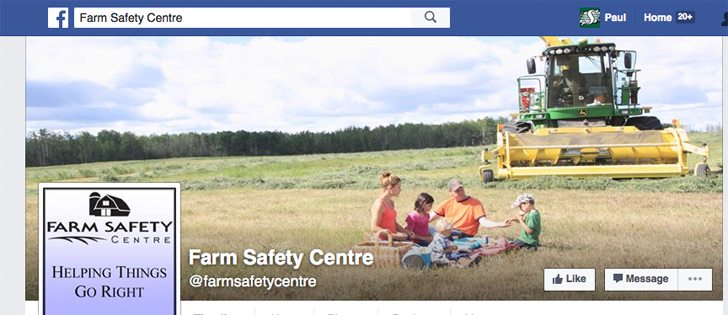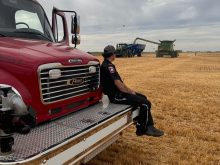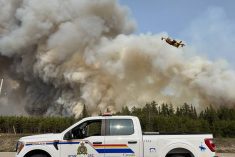More than half a million rural Alberta schoolchildren have been taught about farm safety through the efforts of the Farm Safety Centre Safety Smarts program.
The milestone was celebrated in May in Raymond, Alta., where the non-profit organization is based.
Formed 18 years ago, the centre is on track this year to deliver the farm safety message to more than 65,000 children in Grades 1 to 6.
Its stated goal is to eliminate child fatalities in rural Alberta.
Executive director Laura Nelson said the ability to reach so many students is due to the eight dedicated instructors, all of whom understand life on the farm.
Read Also

Canada’s plant hardiness zones receive update
The latest update to Canada’s plant hardiness zones and plant hardiness maps was released this summer.
“The bedrock foundation is that we really try to hire those who’ve grown up on a farm, from that background, because they kind of understand the good and bad,” said Nelson.
The instructors have their own stories to tell about farm accidents and safety, and Nelson said they also hear many stories from the children they teach, about near misses and also about tragedy.
Such was the case when a Grade 2 class was given a lesson on the dangers of drowning.
“It was the end of the day before the bus came, so the classroom teacher said, ‘do any of you have anything you’d like to talk about?’ And this little girl stood up and said, ‘my sister and I drowned and they could reach me but they couldn’t reach my sister and she died.’
Her teacher said that’s the first time she’d ever talked about it, but she felt comfortable enough to tell her class that,” said Nelson.
Such incidents resonate with children and make for a dedicated group of instructors.
“This isn’t just a job for them, it really isn’t, and the kids feel that.”
The centre has seen some lean years, when funding was insufficient to provide classes through the end of the school year. Nelson recalls one such year, when she had to ask the instructors to cancel school visits.
“They said, ‘it doesn’t matter, we’re still going.’ Because they care.”
It takes an annual budget of $430,00 to $450,000 to run the program, provided at no cost to the schools. The centre received most of its funding in the early days from the province, but now it taps a number of sources, including towns, counties, rural municipalities, Hutterite colonies, agricultural societies and corporate sponsors.
More than 170 entities contributed cash to sustain the program last year. Funding needs are based on a cost of $3.50 for every child who receives farm safety instruction.
“We hope in the not too distant future to have 200 or 300 contributions a year that are more modest,” said Nelson.“Even if any of those have a change in focus, it’s not going to cripple the program.”
Controversy over Bill 6, farm safety legislation passed by Alberta’s NDP government last year, generated concern over the centre’s role.
“We work with government. We work with farmers. We don’t speak for either of them,” said Nelson.
“The government does fund a portion of this program, but we are an independent non-profit. It doesn’t mean we’re beholden to them or that we only present what they want. (The provincial government) has always been a very good partner and willing to help how they’re able.”
The program has evolved over the years. It initially delivered the farm safety message to 2,300 children but gradually expanded until 2008, when a grant from the Rural Alberta Development Fund allowed a programming upgrade that led to computer games and a more interactive approach to teaching.
The program now stretches across Alberta and also reaches 12 to 20 schools in Saskatchewan.
Each grade receives instruction in a different area of farm safety, from the risk of getting run over, to hearing protection, to avoiding injury from livestock and ATV use.
Instructors have travelled more than 1.3 million kilometers, and have reached 541,125 schoolchildren since it started 18 years ago.
The celebration of this milestone involved the instructors, the 10-member board that administers the centre and many others.
The centre is now working to deliver the farm safety message through social media, including Facebook, Pinterest and YouTube.
















